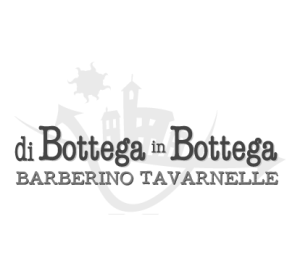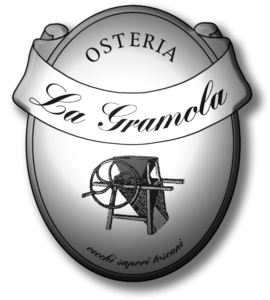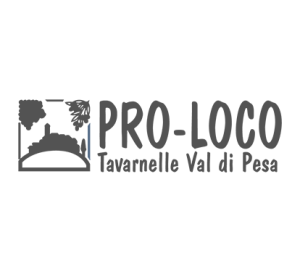
26 - Spicciano e la Famiglia Del Nero
Qui ancora un altro piccolissimo borgo, con la propria chiesa, la fattoria, la villa padronale e le poche case intorno a sevizio della proprietà stessa. Questa parte del paese non si è unita al borgo solo perché commercialmente era situata verso la campagna e la proprietà è rimasta, come estensione territoriale, unita, una fattoria piuttosto grande con le proprie coltivazioni e maestranze che non ha permesso nuovi insediamenti.
Da: Memorie del Piviere di S. Pietro in Bossolo di Luigi Biadi (Firenze 1848)
Il Palazzo del villaggio di Spicciano appartenuto alla chiarissima stirpe Del-Nero (derivata dagli Ardinghelli) oggi Torrigiani, ha la fisionomia delle feudali Case torrite per le visibili tracce d’edificatoria di quei tempi d’insolente orgoglio costumata. L’Osservatorio (che i feudatarii doveano chiamare “Esploratore delle temute insidie”) fermo al culmine della fronte principale dell’Edifizio, fornito di sporti, ugualissimo all’altro sù le mura castellane di San Donato in Poggio; il corrispondente Osservatorio che poggia sul brano antichissimo e alla rozza della parte tergale, portano a credere che questa fosse la Casa torrita ai primi del Secolo XIII di quel Signore firmato nel Placito del dì 11 Aprile 1202 inerente alla distruzione delle Torri e dei Forti di Semifonte “Compagnus de Spicciano Populo de Casciano”.
Non tacerò l’elogio di Spicciano dettato dal Prop. LASTRI nella sua Lett. Odepor. De’ 27 Ottobre 1774.
“Merita d’esser distinta in questo proposito la Fattoria del Baron’ Del Nero a Spicciano, la quale non manca d’abilissimo Agente fornito di tutte le cognizioni che abbisognano alla sua professione, di numerosi contadini, di fabbriche pe’ medesimi, di bestiami, e di coltivazioni ben’ intese”. Né tacerò del preclaro March. Pietro Torrigiani che non solo imitatore, ma fece ancora di più del Baron’ Del Nero. Coadiuvato Egli dal peritissimo Agente Santini, condusse ai nostri tempi i suoi infiniti terreni quasi direi a pomiferi ingiardinati pel simmetrico ordinamento di fertili vigne, d’immensi novelli vigorosi oliveti.
L’annesso Oratorio dei Del Nero che fino del 1706 avea il titolo di S. Filippo, come si deduce dalla Visita Past. De’ 18 Aprile 1747, fu risarcito ed abbellito dalla illustre Baronessa Del Nero, autorizzata alla variazione del titolo sotto l’invocazione dell’Arcangelo S. Michele.
SPICCIANO AND THE DEL NERO FAMILY
Here is another example of a hamlet with its own church, farm, manor house and a few other scattered buildings to serve the property. This settlement did not join the town in part because it was situated more toward the countryside and also because the landowning family preferred to maintain it intact to form a large estate with its own cultivations and workers.
The following description comes from Memorie del Piviere di S. Pietro in Bossolo by Luigi Biadi (Florence, 1848):
The palazzo of Spicciano, which belonged to the Del Nero lineage (derived from the Ardinghelli family today Torrigiani), has the features of a feudal towered house for the visible traces of edification from those times of bold pride. The watch tower (which the feudal lords called ‘the explorer of dreaded dangers’) is located at the top of the main facade, equipped with overhanging ledges like those on the castle walls of San Donato in Poggio; the tower that rests on the ancient, rugged portion of the rear facade leads one to believe that this was the towered house mentioned in reference to a judge’s decision written in Latin at the beginning of the 13th century about the destruction of the towers and the forts of Semifonte.
I shall not fail to mention the praise for Spicciano dictated by a landowner named Lastri in a letter dated October 27, 1774.
“The farm of Baron Del Nero in Spicciano deserves to be distinguished and which, having a very able agent possessing all the knowledge that is necessary for his profession, counts numerous share farmers, workshops, livestock, and cultivations.”
Nor shall I fail to mention the distinguished Marquis Pietro Torrigiani who not only imitated Baron Del Nero, but exceeded him. Assisted by the expert property agent Santini, he has conducted to our times his infinite lands, planting fertile vineyards that seem as if they are attractively ordered orchards and immense new, vigorous olive groves.
The annexed oratory of the Del Nero family, which until 1706 was called San Filippo as can be deduced from the pastoral visit on April 18, 1747, was restored and embellished by the illustrious Baroness Del Nero. The name of the oratory was changed, with authorization, to invoke the Archangel St. Michael.
Approfondimenti
Gallery
Collabora con noi!
Realizzazione a cura di:





